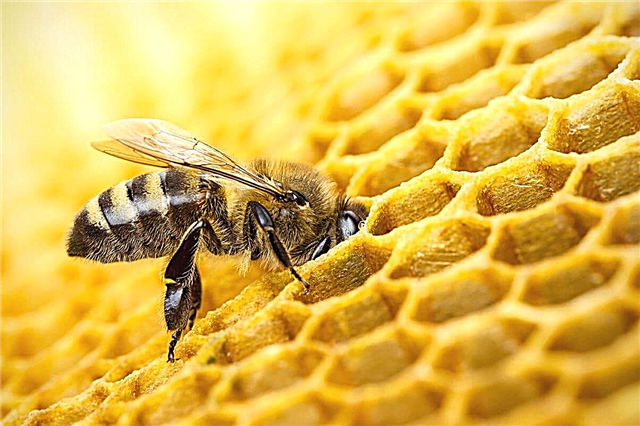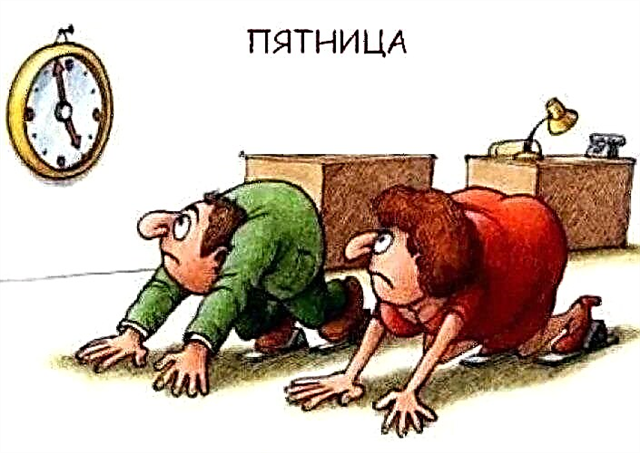
Many natural processes in a state of weightlessness occur very differently. How and why this happens is worth understanding.
How does combustion occur in gravity?
Combustion is a chemical reaction during which oxidation occurs, a large amount of heat is released, and combustion products also occur. For this reaction to take place, several conditions must be met. Fire requires oxygen, a combustible substance, as well as the ability to remove oxidation products from the ignition zone.
To understand how this process occurs in familiar conditions, you can consider burning with the example of a candle. This will help to further compare the flame in zero gravity.

So, the candle consists of a cotton wick, as well as wax, paraffin or stearin. It is believed that the flame is formed due to the ignition of the wick, but in fact this is not so. The vapors of the substance surrounding this wick burn directly. The thread itself is required in order to direct the combustible substance up - into the combustion zone.
Thus, all conditions are met: oxygen is in the air, there is a combustible substance (wax), combustion products (carbon dioxide and water vapor) are removed from the zone. The latter process is explained by the fact that heated and less dense air rises, higher than cold, and at the same time carries away combustion products. If, for example, a candle is placed in a high container, then it will stop burning - the air will heat up the same everywhere.
Weightless burning
The presence of gravity contributes to the formation of convection currents - the difference between warm and cold air. Hot soot particles, rising up, emit a glow. Therefore, the flame has such an elongated shape and can be considered.
In zero gravity, such convection flows do not occur. Since soot particles do not rise up, the candle flame has the shape of a sphere. After a short time, oxygen in the burning zone of the candle will end. Instead, a large amount of carbon monoxide is formed - carbon monoxide. Flame burning will continue for several minutes.

Also of interest is the color change of the flame. Under the influence of gravity, the candle burns mainly in yellow due to the hot soot. The combustion temperature is 1227 - 1721 degrees Celsius.
And in zero gravity, the fire does not have enough oxygen, so the so-called "cold" burning is observed, the temperature of which is 227 - 527 degrees Celsius. Soot is formed in small quantities, since this requires at least 1000 degrees. In this case, hydrogen is released, due to which the flame acquires a blue tint.
Interesting fact: if you light a candle and constantly fix on the photo the stages of its burning, you can notice an unusual phenomenon. First, it will light up with the usual bright yellow color, then the flame will become half blue, and then completely turn blue. Thus, the less oxygen becomes, the more the flame shades.
The study of the behavior of flame in zero gravity is of great importance for astronautics. Scientists and researchers conduct various experiments for this purpose. They help improve the safety of spacecraft and astronauts.
For example, experiments are carried out on board the International Space Station in a special compartment. Researchers set fire to small droplets of fuel and observe their behavior. Burning lasts about 20 seconds. A fuel sphere is surrounded by a fiery sphere with a diameter of 2-4 mm.
It is noteworthy that when visible combustion ends, the very “cold” sets in, which is very difficult to consider. But if you supply oxygen or add fuel, the flame immediately flares up again.
Under zero gravity, the flame takes on the shape of a sphere, since convection flows do not appear due to the absence of gravity (under normal conditions, hot air rises above cold). Burning is observed for a short time. Initially, the flame is yellow, but soon it takes on a bluish tint, and then becomes completely blue. This is due to the fact that oxygen ends and the combustion temperature drops significantly - to 227 - 527 degrees Celsius. Such combustion is called "cold." In this case, a little hot soot is formed and hydrogen is released, which causes a change in the color of the fire.












